Lorem ipsum dolore
Consectetuer adipi scing elit. Mauris urna urna varius et interdum a, tincidunt quis, libero. Aenean sit.
JAGUAR XJS RACING
HELEN: Resurrection
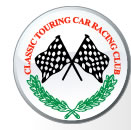
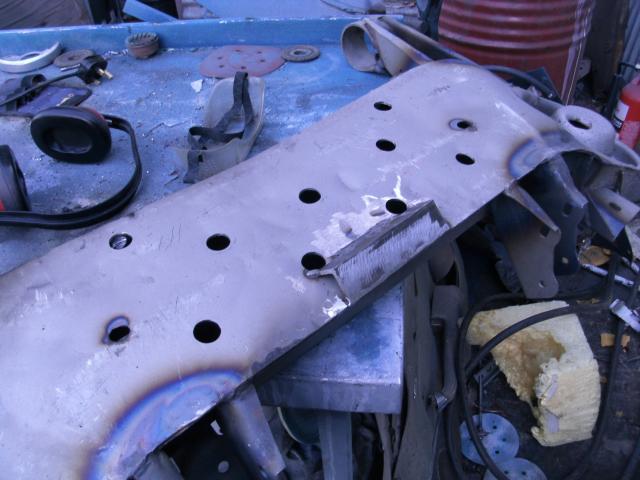
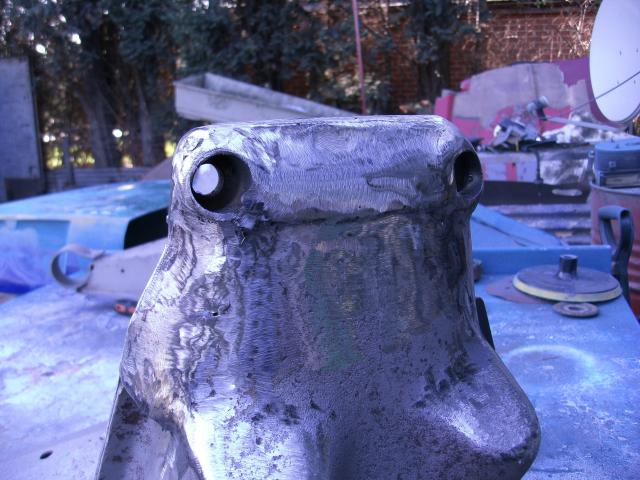
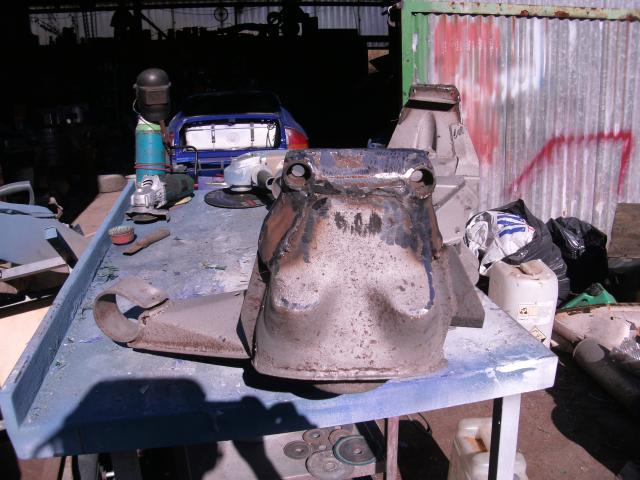
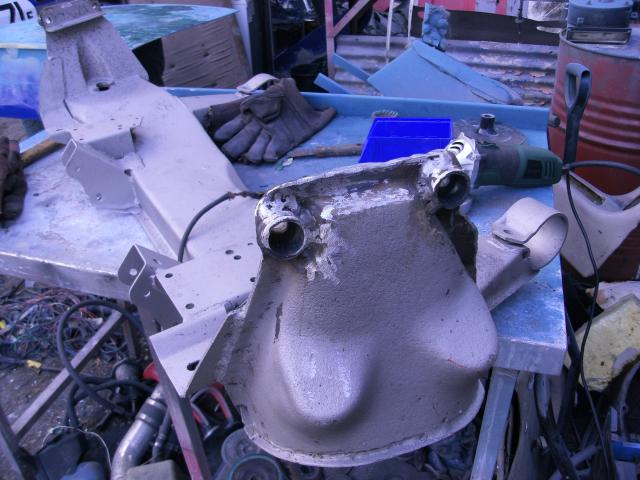
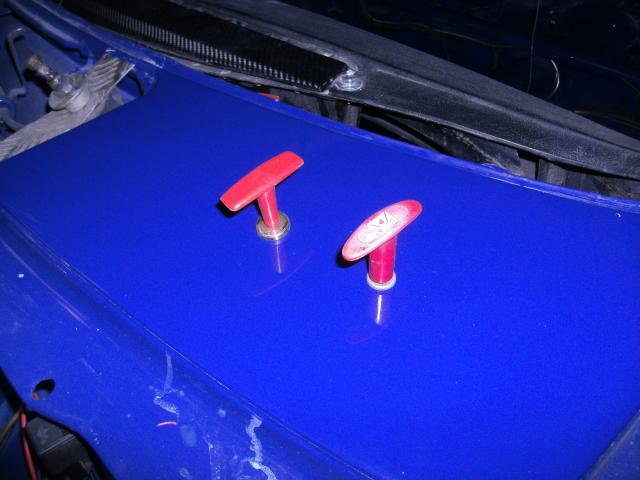
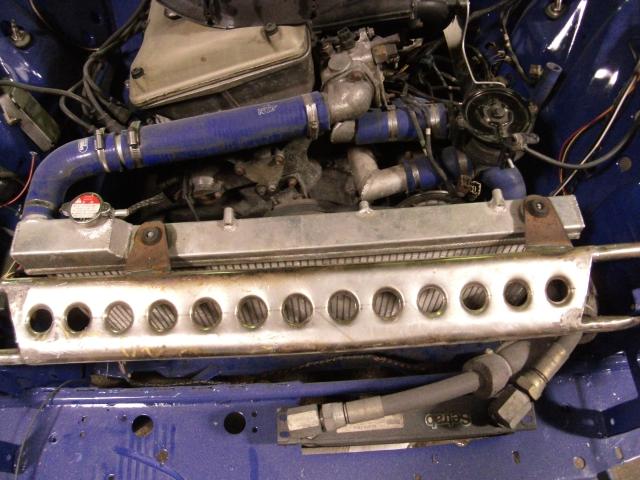
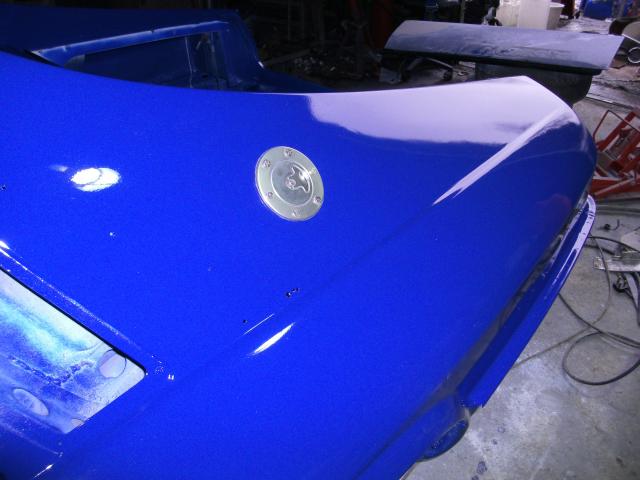
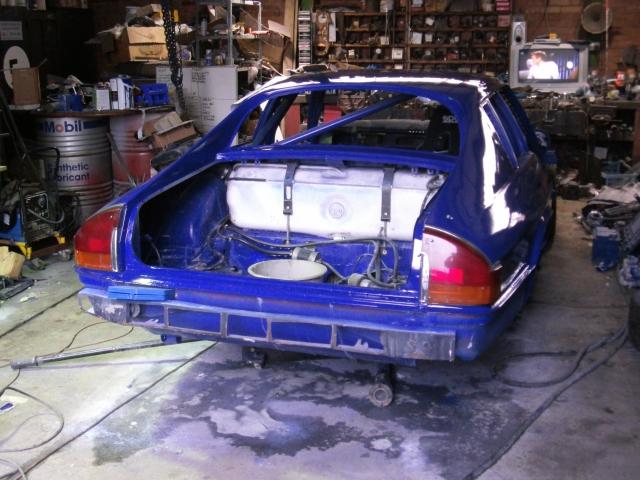
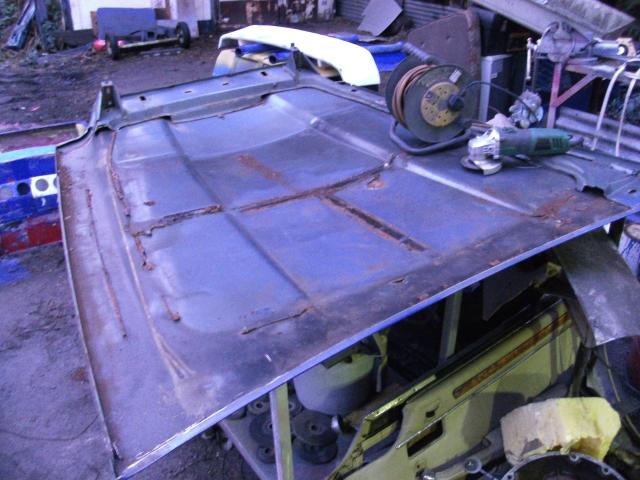
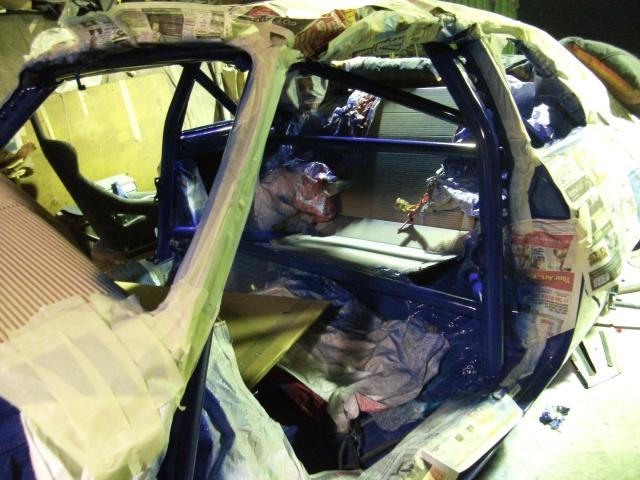
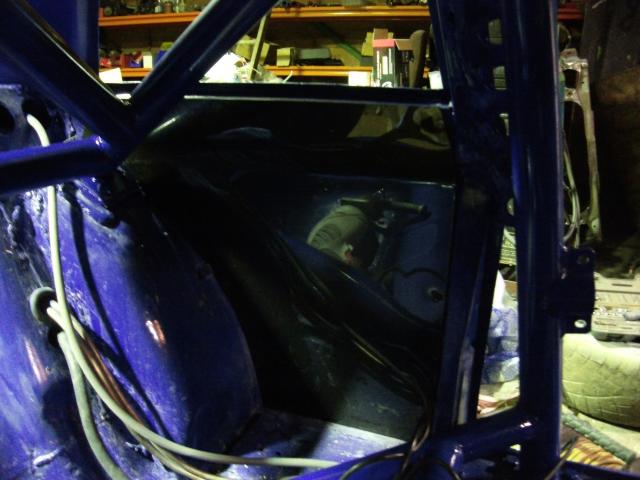
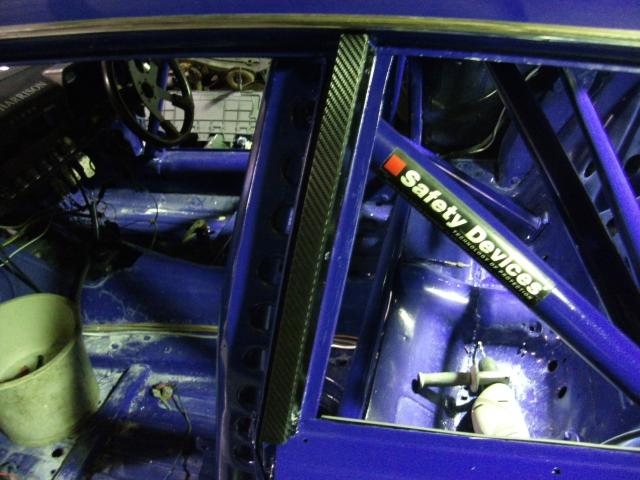
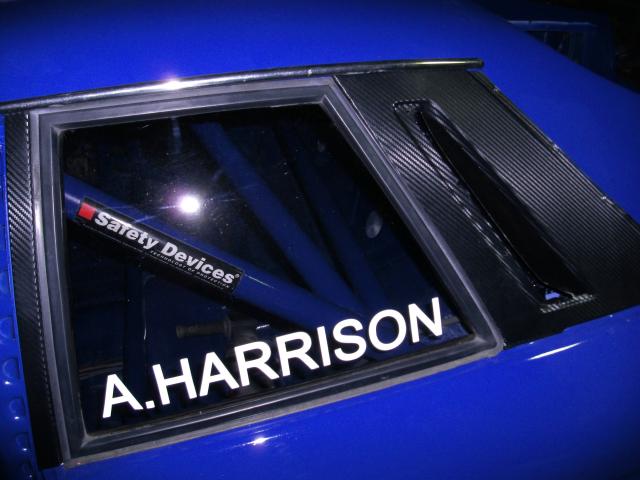
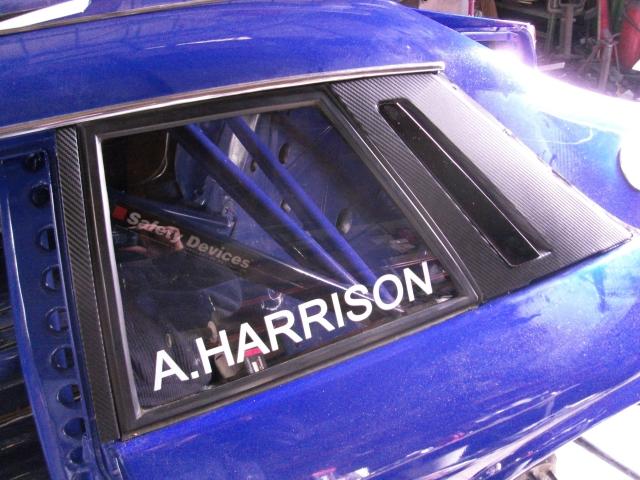
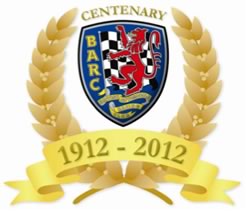
PART 9 - WE CAN REBUILD HER, WE HAVE THE TECHNOLOGY
Finally with the paint on, we can start strapping the car back together. This is the moment that all the things we've been fiddling with come together, and inevitably I wish that I'd done some of them different. Mark II versions become mkIII, and a mkIV invented but not built, with Bear suggesting a mk V.
Which is how we make progress here. He will go straight to Mk V when we rebuild Christine later in the year. And then I'll want it.
It is further complicated by my desire to incorporate a few things learned. I read a lot. It's dangerous, reading. Books on aero and suspension live in the bathroom. Every free racing magazine going shows up in the post, we're always looking for ideas.
One thing I'd love to have done was the remote door release. Saw it on an XJS "silhouette" car in an old JEC mag once, the only thing left of the XJS was the roof, but they popped the door with a button in the 3/4 window, though I wouldn't have put the extinguisher button next to it - get those two confused.....
The subframe are under, and now get properly tightened up. They weren't meant to stay in, but now they are. That "not too much at once" concept. Old subframes, new anchorages.
That doesn't mean a new pair of subframes aren't under construction. Both get additional strengthening. The rear has that second skin added for most of it. Welded up weeks ago, it now needs grinding up, because the welding machine, the welder and the weld were somewhat poor.
The front is less extensive, and a little less complex. CDS tube is welded onto the top arm anchor points. Allen-head bolts will replace hex, and a second skin now added in this area. The original subframe construction is, of course, in at least two pieces, and the join twixt top and bottom runs as a seam all the way up the sides to the very top.
The rust that inevitably forms inside the subframes attacks this seam with vigour, and we have seen several subframes break along this line. Even top-end cars like Patrick Doyle's "Memphis Belle" were almost put out of action even relatively recently. The Bear ran the last race of 2010 with his subframe thoroughly broken, cruising in for his championship with this seam split wide open and the suspension geometry variable every time his moved the controls. None of this for me thanks.
The subframe is therefore seam-welded along the join, ground back, and then a second metal skin welded along the top half of each side of the subframe. That is then ground up to look vaguely right.
A piece of angle is welded to the bottom rear to act as a last-hope sump guard, the plan being that when you've got it badly wrong and here comes that big kerb right down the centre of the car, this piece is the lowest part of the car, and should make the car ride it, rather than tear the sump open. That's the theory. We try not to test it.
The subframe does have internal baffles, which mean that the two small drain holes inside this assembly originally don't actually work all that well. We add more. Lets the water out, and in this instance, lets the plating process attack the inside of the subframe, because the next step here is exactly that, the assembly is sent off to be plated with the same gold finish you more usually find on new or recon brake calipers. Because I can.
The irony is that neither of these subframes are to be fitted yet. There is a great deal to be done. Doesn't look it, but the aim is to do everything better, and that means a lot of time.
Bodywork absorbs another week. Front bumper repairs also involve some more subtle changes. That book on aerodynamics inspires, but doesn't assist a great deal. We aren't copying Stewert's splitter either, but the skirt is already riddled with holes for additional cooling, and some of them want to be ducted to places that will actually do something useful, it was never really finished off the first time around.
Mostly though this is a job for sanding, filler, primer, over and over. You don't always realise just how much damage a car takes. Tiny dings everywhere. It's nothing really, but a single stone doing 100mph does leave a mark. As did Lawrence Coppock at Oulton Park in 2009, my passenger door and front wing were helpfully reshaped out of sight of the crowds in that race, and erasing that damage took a lot of time. Roadgoing class cars who can't cut out any metal inside the door structure cannot get inside to knock any dents out.
The hours invested in these jobs are annoying, because I know this is a racing car and this doesn't really matter. Nobody is going to know if I just left thse little bits. But......
The interior is also now a work in progress. With side and rear windows in, the screen can be usefully added again. And that does transform the car's look. Much more like an actual vehicle once the glass goes in. The series I'm off to does permit perspex, but we're not going down that route. She's not a class E car. She's an F, with a few tweaks.
With that in mind, the heater is still in there. But the centre console is not. Instead, a bespoke interior is being made up. Lots of aluminium bespoke pieces, an array of toggle switches, and a lot of cardboard templates create a full set of new panels in there, which manage to both lose some weight from the car and come out much more robust than previously. It also looks a lot more racy in there.
Thought has to be given to ergonomics, as ever. You have to be able to reach things. Some items are essential, some are helpful, and some are completely irrelevant in race conditions, but will be required for road use.
The age of the car is also critical. This is an '83. Six-pot XJS date from June '82, according to Jaguar records, but the significance of the date is two-fold.
First, for MOT purposes, no need for front wing side indicators that I don't have, no need for 4-way flashers, the wiring can be simpler.
Secondly, pre-'83 origins for the six cylinder XJS means eligibility for the pre-83 Group 1 Touring Cars. I have to fit a 3.6, but any 3.6 XJS does qualify. We've done the research, and it checks out. A phone call to the CTCRC reveals that no-one has ever asked before, but yes. We like that.
Time to get that high-spec 3.6 engine underway then. I did once ask to run a 3.2 XJS in class F, I wanted to run 2010 with a really small engine, but I never did get my answer. This is a different concept though, instead of wanting the challenge of no power at all, this is about how much we can get. This will be expensive.
New radiator support panel gains a method of actually supporting a radiator.
The lonely and not-at-all boy racer fuel filler, swimming in random space.
Rollcage touching up took a little bit of masking tape....
Pull cable for electrical cut off and extinguisher.
I just wish they made them in a less plastic version.
Fuel system back in place, lights fitted, and the propshaft carefully installed by throwing it under the car.
Interior trim going in. Heat-bent and utterly fake carbon plastic. Shiny though. And light.
Panel work underway. The bonnet loses its inner frame in a quest for cheap wieght saving.
Front subframe modification underway. CDS tubes will require allen-head bolts, but clear the way for....
....a second skin to be welded on, linking the two parts of the original subframe construction, at the point that it tends to rot and break.
Numerous drain holes are added, making sure to get into every section between the internal baffles.
In mid-grind. It goes for plating next, so it does need at least some semblance of a finish.
B-pillar trim.
Not quite as Jaguar left it, but then neither is the rest of the car.
Window fitted, big fake vent fitted, gutter trim fitted.
What did I forget? The lower trim. Damn.
It's just that little bit different. And that's all we ever ask.
Consectetuer adipi scing hauris Urnasylo urna varius et interdum as Tincidunt quis libero uenean sit amturpi massalo laoreet iaculipede. mnisl ullamcorpermassa, ac consectetuer. feipsum.
- Consectetuer adipi scing hauris
- Urna urna varius et interdum as
- Consectetuer adipi scing haur
- Urna urna varius et interdum
- Tincidunt quis libero uenean sit
- Amturpi massalo laoreet iacul
- Ede mnisl ullamcorpermassa
ipsum dolore
Consect etuer adipi scing elit. Mauris urna utruyq rna varius et interdum a, tincidunt quis, libero. Aenean sit.
Lorem ipsum
dolor sit ambient nulla
Lorem ipsum
dolor sit ambient nulla
Lorem ipsum
Lorem ipsum dolor sit amet, consectetuer adipiscing elit. Pellentesque massa. Nam ultricies mauris eget metus. Aenean sit amet risus.